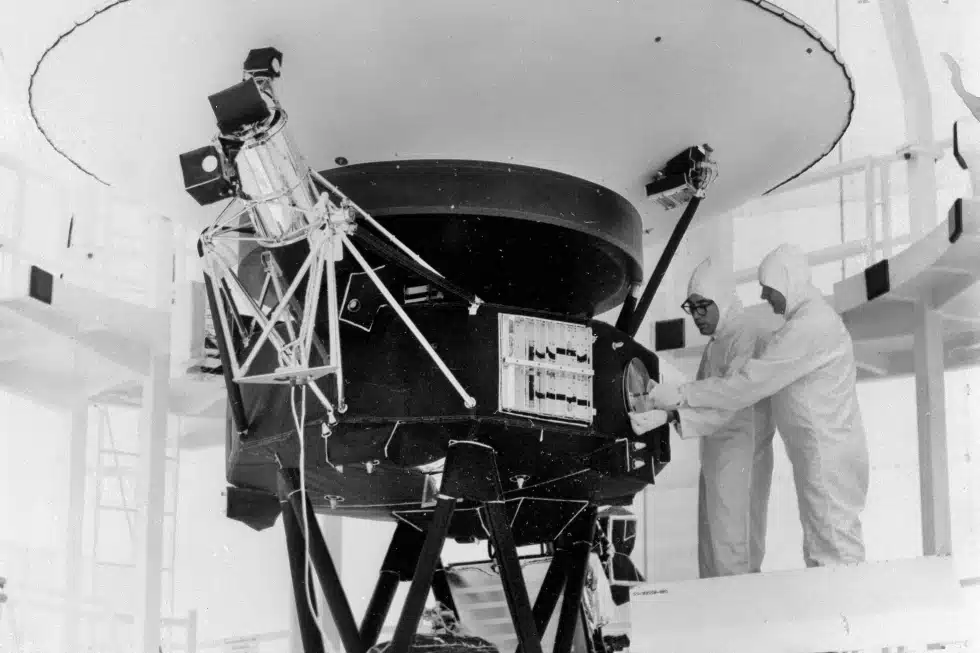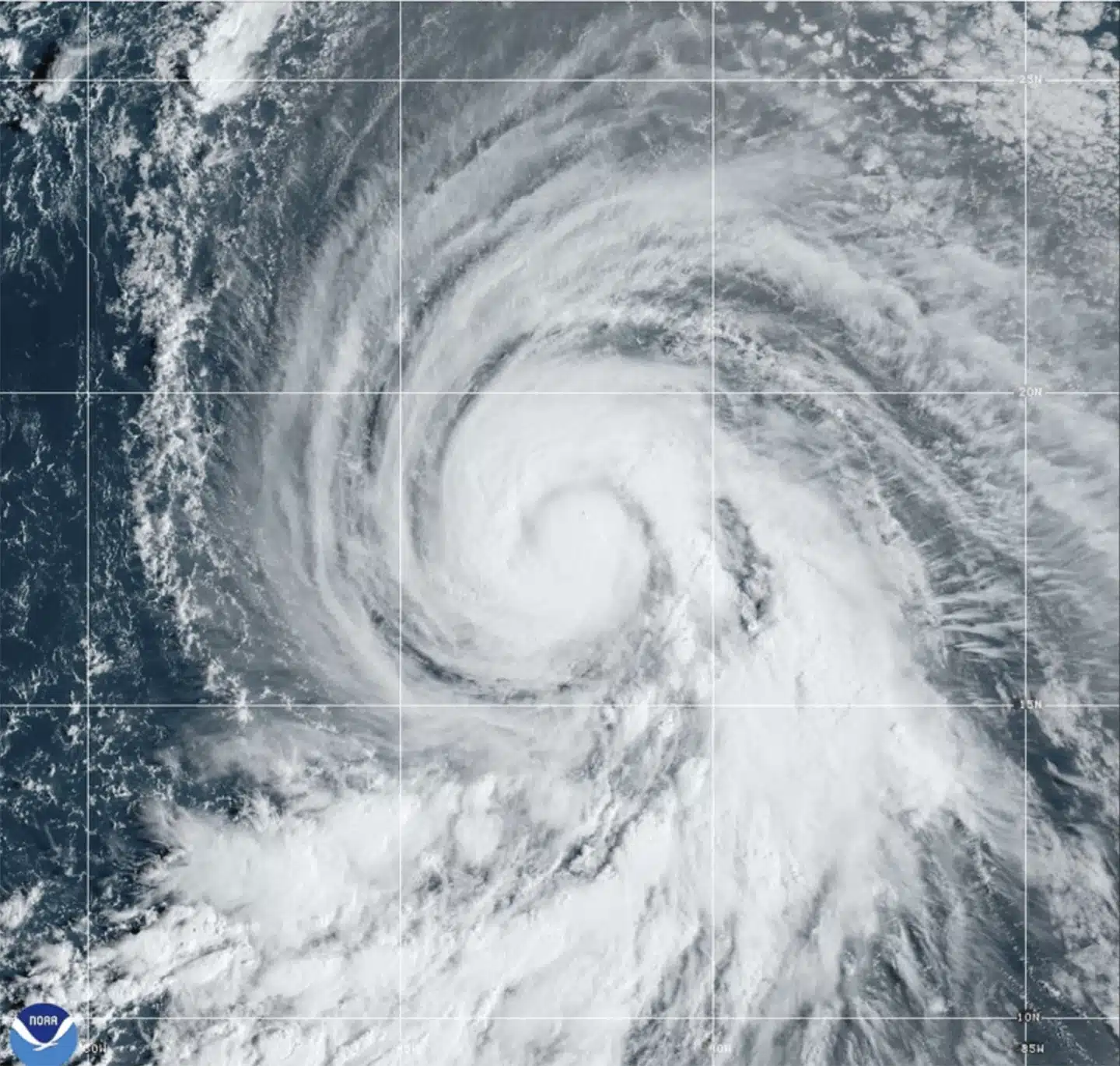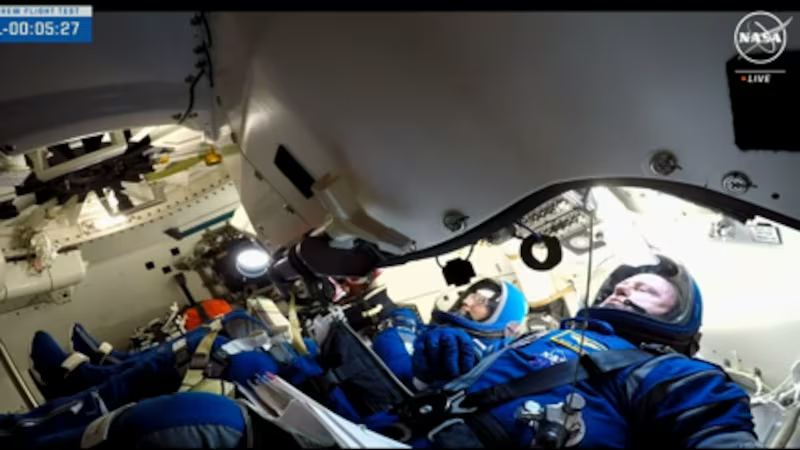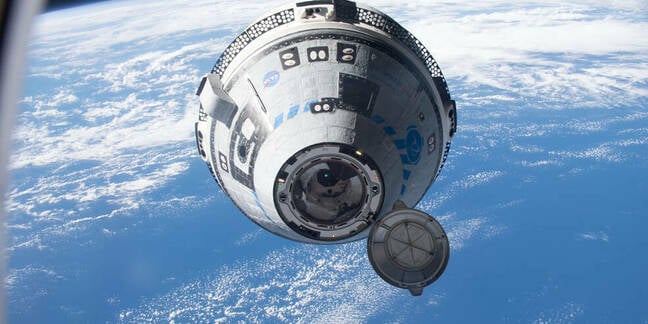Science
Can You Become a Data Scientist with Bootcamp?
When you hear data science, do you envision spreadsheets and numbers? Data science helps us comprehend the data we acquire.
There will be 2.7 million job openings by 2020. Data science bootcamps teach thousands of data scientists each year to fill the shortfall.
72% of those hired boot camp graduates say they’re “equally or more qualified for the job.” You can acquire a data science career with the proper education and portfolio.
Is it easy to become a data scientist with Bootcamp? The answer is yes.
How do data science bootcamps work?
Before knowing ways to become a data scientist with Bootcamp, let’s first understand what a data science boot camp is Short-term, rigorous data science boot camps teach students in-demand industry skills through project-based learning.
The majority take three to six months and cover programming, predictive analytics, statistics, data visualization, and general data analysis.
Students learn marketable and industry-relevant technological frameworks in addition to statistical and analytical thinking.
These technologies include Python, SQL, Hadoop, Spark, and Pandas/NumPy.
Many boot camps can be part-time, full-time, in-person, or virtual. Still, cost, expected time investment, class sizes, and background knowledge needs vary.
It would help you compare programs to find what works for you to become a data scientist with Bootcamp before enrolling.
Graduates may have access to career services depending on the boot camp. Interview prep, peer networking, and career mentoring are prevalent in boot camps.
Students benefit from one-on-one mentoring and group discussions with other aspiring data analysts.
Boot camps have recently become popular among software developers and learners.
There is scant data on data science boot camps. Still, the explosive expansion of the coding boot camp market shows considerable potential for similar programs in data science.
What will you learn in a Data Science boot camp?
Data science boot camps focus more on job-ready skills than four-year degrees. Most boot camps focus on the tools and technology you’ll need to start working.
Data science boot camps encompass programming, cleaning, and analysing data, modelling, data visualization, and research presentation.
Python is used by most because it has code modules for machine learning, AI, and analytics.
What factors to consider when planning to become a data scientist with Bootcamp?
The perfect boot camp helps you attain your career goals, builds job-search skills, meets your budget, and matches your schedule.
This section will help you choose a Bootcamp.
1. Set career goals:
Many data science bootcamps offer comparable subjects, but each has a unique focus that can affect your career.
To become a data scientist with only Bootcamp, you must establish and outline your career goals. You may ask:
- In five years, where do you see yourself?
- Entry-level or upper-level- which do you want?
- Want a promotion or to start a career?
- What skills do you need?
By answering these questions, you’ll know how to become a data scientist with Bootcamp and what career program to use.
2. Research job needs
Once you’ve set your career goals, research the skills and qualifications you’ll need to succeed.
Many data science careers require a skill set that differs from your existing skills. Job descriptions in your area might help you determine what abilities to develop before applying.
3. Evaluate current skills
If you know the basics, you’ll do your best in data science bootcamps. Classes focus on high-level skills and professional toolkit building.
Bootcamp instructors move quickly and assign projects that require background knowledge.
4. Research programs
You can become a data scientist with Bootcamp within three to six months.
Check the program prerequisites before applying. Consider class format, career ambitions, and the boot camp’s ethics when considering programs.
5. Structure and placement
You must decide if you want an online, in-person, or hybrid data science Bootcamp.
Each educational technique has merits depending on your goals, resources, and personal circumstances.
- Person-to-person: In-person bootcamps provide more structure and a helpful instructor. In-person classes can help strengthen teamwork and collaboration abilities. This choice may not be flexible if you wish to attend a non-local Bootcamp or have a hectic schedule.
- Online courses: These are a convenient way to complete education. Online bootcamps can be done at your speed anywhere with an internet connection. Others are self-directed and independent, while others have a teacher on call.
- Hybrid courses: Hybrid courses combine online and face-to-face learning. Hybrid data science bootcamps combine in-person and online studies. It is a good choice if you live near a school but have a hectic schedule or want online programs.
6. List relevant subjects
Some bootcamps concentrate on a particular data science subject or skill set. Expect to see some of these subjects in the coursework.
Most are project-based, hands-on programs that teach valuable skills. Make sure the course content corresponds with your goals.
7. Institutional reputation
Select a Bootcamp from a renowned university or institution like Caltech University that provides online bootcamps.
According to the Course Report, quality programs have:
- Alumni and student reviews
- Proven (3+ years)
- Published CIRR results in the last year.
- Finance alternatives
- Vetted lending partners
- Career support and application selection
Many sources rank data science bootcamps. These tools might help you become a data scientist with Bootcamp.
9. Choose a data science Bootcamp
It’s crucial to evaluate if this learning style is suited for you. Consider the pros and cons if you would like to become a data scientist with a Bootcamp.
10. Use
If you are looking for the best online certification, here is the data science bootcamp you need – a world-class program that is best suited for you and your career aspirations in Data Science.
The enrolment procedure may include a call with a program representative, an application, and an assessment before acceptance.
Ending words
Because they live and work with other data science learners, Bootcamp attendees are immersed in the field.
While online learning platforms offer some individualized coaching, traditional bootcamps offer frequent 1:1 mentorship sessions to help with job searching.
Finally, in-person bootcamps give personalized career counselling.
Given affordable online learning platforms and free resources like tutorials, data science bootcamps are a luxury, not a necessity.
If you plan to become a data scientist with Bootcamp relevant to you, look no further than the Caltech Online Bootcamp.
Related CTN News:
Australia’s Supercomputer Captured Incredible Images Of a Dying Star
Saturn: Here’s Everything You Need to Know
Tasmanian Tiger May Be Brought Back From Extinction By Scientists

Science
NASA Switches Off Instrument On Voyager 2 Spacecraft To Save Power

NEW YORK — To save power, NASA turned off another scientific equipment on its long-running Voyager 2 spacecraft.
NASA Switches Off Instrument On the Spacecraft To Save Power
The space agency announced on Tuesday that 2’s plasma science instrument, meant to study the movement of charged atoms, was turned off in late September to allow the spacecraft to continue exploring for as long as possible, which is estimated to be into the 2030s.
NASA turned off a suite of instruments on Voyager 2 and its twin, Voyager 1, after exploring the gas giant planets in the 1980s. Both are currently in interstellar space or the region between stars. The plasma instrument on Voyager 1 stopped working years ago and was finally shut off in 2007.
The remaining four instruments on 2 will continue to collect data on magnetic fields and particles. Its mission is to investigate the regions of space beyond the sun’s protective sphere.
NASA Switches Off Instrument On Voyager 2 Spacecraft To Save Power
It launched in 1977, is the only spacecraft to have visited Uranus and Neptune. It is now more than 12 billion miles (19.31 billion kilometers) from Earth. 1 is more than 15 billion miles (24.14 billion kilometers) beyond Earth.
SOURCE | AP
Science
Hurricane Kirk Could Cause Dangerous Surf Conditions Along The US East Coast

MIAMI — Hurricane Kirk’s waves could generate life-threatening surf and rip current conditions this weekend throughout the United States East Coast, as well as in Bermuda, the Greater Antilles, and the Bahamas, according to forecasters.
Kirk was a Category 3 hurricane in the middle Atlantic Ocean that might grow further but was predicted to stay away from land, according to the Miami-based National Hurricane Center on Thursday.
Hurricane Kirk Could Cause Dangerous Surf Conditions Along The US East Coast
Kirk-generated swells were forecast to reach parts of the Leeward Islands on Friday, Bermuda and the Greater Antilles on Saturday, and the East Coast and the Bahamas on Sunday, according to the center.
No coastal watches or warnings were in effect. The major storm was around 1,130 miles (1,820 kilometers) east of the Leeward Islands, with maximum sustained winds of 125 mph (205 km/h).
Meanwhile, Tropical Storm Leslie formed late Wednesday in the eastern Atlantic and is expected to strengthen into a hurricane in the following days, forecasters said. It was also not considered a threat to the land.
Hurricane Kirk Could Cause Dangerous Surf Conditions Along The US East Coast
The storm was about 540 miles (870 kilometers) southwest of Cabo Verde’s southernmost tip, with maximum sustained winds of 45 mph (75 kph), according to the center.
The storms raged in the Atlantic as rescuers in the United States Southeast sought for missing persons after Hurricane Helene struck last week, leaving a trail of death and devastation.
SOURCE | AP
Science
NASA Sends First Manned Starliner Spacecraft to Space Station

NASA has announced astronauts Butch Wilmore and Suni Williams are safely in orbit on the first crewed flight test of Boeing’s Starliner spacecraft heading for the International Space Station.
As part of NASA’s Boeing Crew Flight Test, the astronauts launched a ULA (United Launch Alliance) Atlas V rocket from Space Launch Complex-41 at Cape Canaveral Space Force Station in Florida at 10:52 a.m. EDT Wednesday for an end-to-end test of the Starliner system.
“Two brave NASA astronauts are well on their way to this historic first test flight of a brand-new spacecraft,” stated NASA Administrator Bill Nelson. “Boeing’s Starliner represents a new era of American exploration. Human spaceflight is a risky endeavor, but it is worth it. It is an exciting time for NASA, our commercial partners, and the future of space exploration. “Go Starliner, Butch, and Suni!”
The flight test is part of NASA’s Commercial Crew Program and will help validate the transportation system, launch pad, rocket, spacecraft, in-orbit operations capabilities, and return to Earth with astronauts aboard as the agency prepares to certify Starliner for rotational missions to the space station. Starliner has already completed two uncrewed orbital missions, including a test to and from the space station, as well as a pad abort demonstration.

Boeing Starliner Makes Orbit
“With Starliner’s launch, separation from the rocket, and arrival in orbit, Boeing’s Crew Flight Test is right on track,” said Mark Nappi, vice president and program manager for Boeing’s Commercial Crew Program. “Everyone is focused on giving Suni and Butch a safe, comfortable, ride and performing a successful test mission from start to finish.”
Boeing’s mission control center in Houston will supervise a sequence of autonomous spacecraft maneuvers while Starliner is in flight. NASA teams will supervise space station activities from the Mission Control Center at the agency’s Johnson Space Center in Houston.
“Flying crew on Starliner represents over a decade of work by the Commercial Crew Program and our partners at Boeing and ULA,” said Steve Stich, Commercial Crew Program Manager at NASA’s Johnson Space Center in Houston. “For many of us, this is a career-defining occasion, ushering in a new crew transportation capacity for our agency and our country. We will take it one step at a time, putting Starliner through its paces and remaining watchful until Butch and Suni safely land back on Earth at the end of this test journey.”
At about 12:15 p.m., Starliner will dock autonomously to the forward-facing port of the station’s Harmony module. Thursday, June 6, and will remain at the orbital laboratory for almost a week.
Wilmore and Williams will help ensure that the spacecraft is functioning properly by testing the environmental control system, the displays and control system, and moving the thrusters, among other things, during flight.
Wilmore and Williams will join the Expedition 71 crew, which includes NASA astronauts Michael Barratt, Matt Dominick, Tracy C. Dyson, and Jeanette Epps, as well as Roscosmos cosmonauts Nikolai Chub, Alexander Grebenkin, and Oleg Kononenko.
NASA’s arrival and in-flight event coverage is as follows (all times Eastern and subject to change depending on real-time operations):
NASA Television channels will continue to broadcast the Starliner’s mission.
Thursday, June 6
9:30 a.m. – Arrival coverage begins on NASA+, the NASA app, and YouTube, and continues on NASA Television and the agency’s website.
12:15 p.m. – Targeted docking
2 p.m. – Hatch opening
2:20 p.m. – Welcome remarks
3:30 p.m. – Post-docking news conference at NASA Johnson with the following participants:
- NASA Associate Administrator Jim Free
- Steve Stich, manager, NASA’s Commercial Crew Program
- Jeff Arend, manager for systems engineering and integration, NASA’s International Space Station Office
- Mark Nappi, vice president and program manager, Commercial Crew Program, Boeing
Coverage of the post-docking news conference will air live on NASA+, NASA Television, the NASA app, YouTube, and the agency’s website.
To attend the post-docking briefing, U.S. media must contact the NASA Johnson newsroom at: [email protected] or 281-483-5111 by 1 p.m. Thursday, June 6. To join by phone, media must contact the NASA Johnson newsroom by 3 p.m. Thursday, June 6.
5:50 p.m. – NASA Administrator Bill Nelson, Deputy Administrator Pam Melroy, Associate Administrator Jim Free, Associate Administrator for Space Operations Ken Bowersox, and Johnson Space Center Director Vanessa Wyche will speak with Wilmore and Williams about their launch aboard the Starliner spacecraft.
Coverage of the Earth to space call will air live on NASA+, NASA Television, the NASA app, YouTube, and the agency’s website.
Saturday, June 8
8:50 a.m. – NASA astronauts Wilmore and Williams will provide a tour of Starliner.
Coverage of the in-orbit event will stream live on NASA+, NASA Television, the NASA app, YouTube, and the agency’s website.
Monday, June 10
11 a.m. – Williams will speak to students from Sunita L. Williams Elementary School in Needham, Massachusetts, in an event aboard the space station.
Coverage of the Earth to space call will air live on NASA+, NASA Television, the NASA app, YouTube, and the agency’s website.
Tuesday, June 11
3:15 p.m. – Wilmore will speak to students from Tennessee Tech University in an event aboard the space station.
Coverage of the Earth to space call will air live on NASA+, NASA Television, the NASA app, YouTube, and the agency’s website.
-

 News3 years ago
News3 years agoLet’s Know About Ultra High Net Worth Individual
-
Entertainment2 years ago
Mabelle Prior: The Voice of Hope, Resilience, and Diversity Inspiring Generations
-

 Health3 years ago
Health3 years agoHow Much Ivermectin Should You Take?
-

 Tech2 years ago
Tech2 years agoTop Forex Brokers of 2023: Reviews and Analysis for Successful Trading
-

 Lifestyles3 years ago
Lifestyles3 years agoAries Soulmate Signs
-

 Movies2 years ago
Movies2 years agoWhat Should I Do If Disney Plus Keeps Logging Me Out of TV?
-

 Health3 years ago
Health3 years agoCan I Buy Ivermectin Without A Prescription in the USA?
-

 Learning3 years ago
Learning3 years agoVirtual Numbers: What Are They For?
